Understanding Muscle Cramps: Causes, Relief, and Prevention
Muscle cramps are sudden, involuntary contractions that occur in various muscles. These intense pains can strike unexpectedly, leaving you searching for relief. Whether you’re an athlete pushing your limits or someone who experiences these spasms during the night, understanding muscle cramps is the first step in managing them.
What Causes Muscle Cramps?
The precise cause of muscle cramps is often unclear, but several factors can contribute to their occurrence:
– **Dehydration and Electrolyte Imbalance**: Not drinking enough fluids or losing too many electrolytes through sweat can trigger cramps.
– **Overuse and Muscle Fatigue**: Exercising intensely without adequate rest may lead to cramps as muscles become overworked.
– **Poor Circulation**: When blood flow to certain parts of your body is limited, cramps can occur.
– **Mineral Deficiency**: Lack of minerals like potassium, calcium, or magnesium in your diet might lead to muscle contractions.
– **Environmental Conditions**: Extreme temperatures can increase the risk of cramps.
– **Age**: As you get older, your muscles lose elasticity, which can increase the likelihood of cramps.
How to Find Relief
When a muscle cramp strikes, the immediate goal is to ease the pain. Here are a few strategies to help relieve muscle cramps:
– **Stretch and Massage**: Gently stretching the affected muscle and massaging it can help ease the contraction.
– **Heat or Cold Therapy**: Applying a hot or cold pack to the cramped muscle can provide relief. Heat improves blood flow, while cold can reduce inflammation.
– **Hydration**: Drinking water or electrolyte-rich fluids can help relieve and prevent cramps.
– **Medication**: In some cases, over-the-counter pain relievers can alleviate the discomfort.
Prevention Measures
Preventing muscle cramps involves addressing some of the underlying causes. Here are essential tips to keep cramps at bay:
– **Stay Hydrated**: Regularly sip on fluids throughout the day, especially before, during, and after exercise.
– **Balance Your Diet**: Ensure you’re getting enough of the essential minerals known to help prevent cramps.
– **Warm-Up Properly**: Engage in a dynamic warm-up before intensive physical activity to prepare your muscles.
– **Stretch Regularly**: Incorporate regular stretching into your daily routine, focusing on the muscles that tend to cramp.
– **Gradually Increase Exercise Intensity**: Allow your body to adapt to higher levels of physical activity over time to avoid overuse.
Understanding is the First Step
While muscle cramps are common and often harmless, persistent or severe cramping can be a sign of an underlying medical condition. If you experience frequent cramps that don’t respond to self-care measures, it’s advisable to consult a healthcare provider.
In the meantime, by staying hydrated, maintaining a balanced diet, and adopting a comprehensive exercise routine, you can minimize your risk and cope more effectively with muscle cramps.
Muscle cramps are not a result of a medication shortage. It is a byproduct of the body no longer interacting appropriately with its environment. Although some things can be avoided in our environment this would be the equivalent of putting a bandaid over a sliver, the problem might be covered but it is still there. Symptoms tell us when something is out of balance in our bodies so we can work to fix it. Contact us today to try nomoSIK for your muscle cramps.
It is important to note that the NOMOSIK therapy has not been evaluated by the FDA and is not intended to diagnose, treat, prevent or cure any disease. It specifically tests and treats for neuro-physiological imbalances in the body. Please see reviews of the amazing recoveries patients have noted with their illness and allergies following treatment of these imbalances. These treatments do not constitute the practice of medicine and are intended solely for the purpose of addressing muskulo-skelital conditions through alternative therapeutic means.

